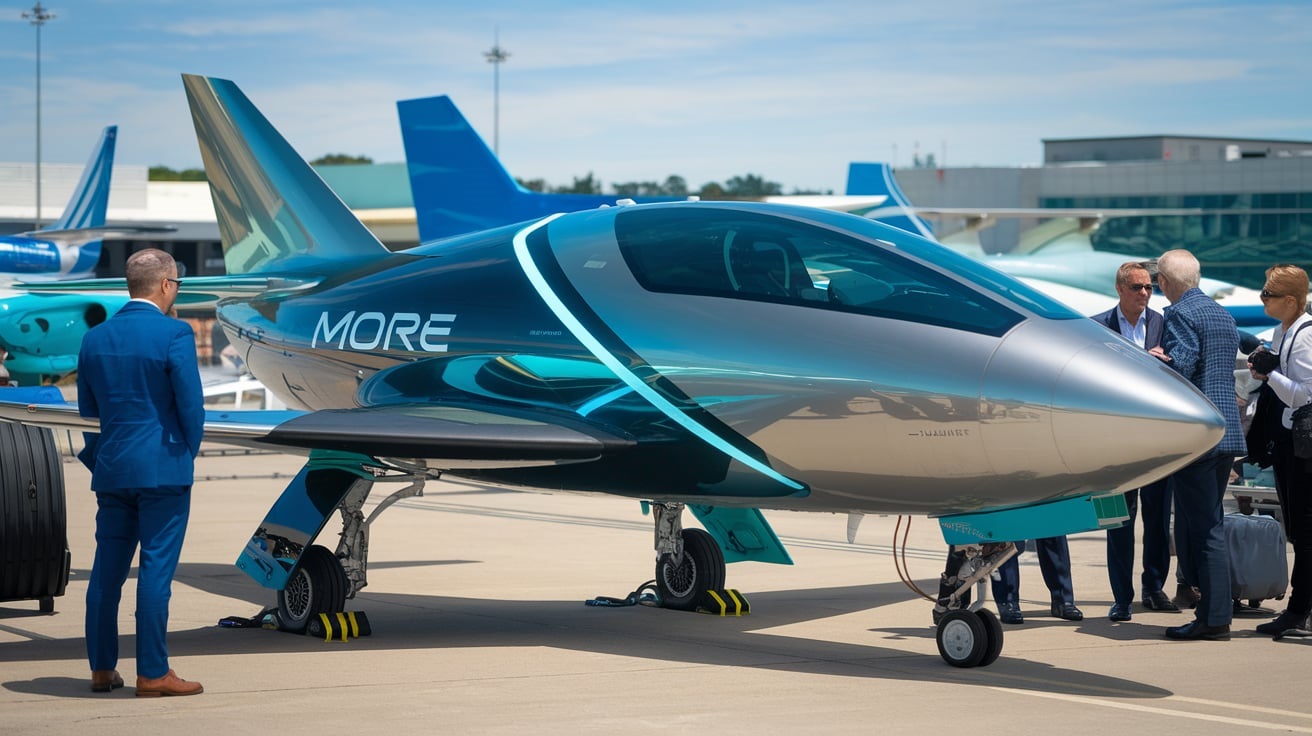The aviation industry is undergoing a paradigm shift as the adoption of More Electric Aircraft (MEA) technologies accelerates. By integrating electric systems into various aircraft functions, MEA technology is set to revolutionize aviation, offering greater efficiency, reduced environmental impact, and enhanced reliability. The more electric aircraft market is projected to grow from USD 5.56 billion in 2024 to USD 8.01 billion by 2029, achieving a CAGR of 7.6% during the forecast period.
Download PDF Brochure @
https://www.marketsandmarkets.com/pdfdownloadNew.asp?id=138024896
Market Drivers and Innovations
- Efficiency and Sustainability
The drive toward sustainability is a primary catalyst for the MEA market. By replacing traditional hydraulic and pneumatic systems with electric systems, MEA technology enhances fuel efficiency, reduces emissions, and lowers operational costs. This is especially significant as the aviation industry strives to meet stringent environmental regulations, such as the EU’s net-zero emission targets by 2050. - Advanced Applications
- Electric Flight Control Systems: Provide highly accurate, low-maintenance solutions for better operational safety.
- Electric Taxiing Systems (ETS): Enable aircraft to taxi without engaging engines, reducing fuel consumption and ground emissions.
- Environmental Control Systems: Electric power ensures optimal energy usage for heating and cooling, improving passenger comfort.
- Emerging Battery Technologies
Battery innovation is critical to the success of MEA. Advances in solid-state batteries and lithium-sulfur batteries promise higher energy densities and improved safety, laying the groundwork for future electric propulsion systems capable of short- to medium-haul flights. - High-Voltage Power Distribution Systems
These systems enhance the reliability and efficiency of power delivery across aircraft subsystems, enabling seamless operation of electric components such as actuators and pumps.
Platform Insights: Fixed-Wing Dominance
The market is segmented into fixed-wing and rotary-wing platforms, with fixed-wing aircraft accounting for the largest share from 2024 to 2029.
- Fixed-wing aircraft are ideal candidates for MEA innovations due to their widespread use in commercial, regional, and cargo aviation sectors.
- These platforms benefit from fuel efficiency improvements and reduced emissions, aligning with airline goals for sustainability.
End-User Insights: Military Segment Growth
The military segment is expected to grow at the fastest rate during the forecast period.
- Military Benefits: MEA systems increase reliability, reduce maintenance needs, and enhance performance in extreme conditions.
- Example: The F-35 Lightning II employs electric flight control surfaces, improving responsiveness and reducing weight compared to traditional hydraulic systems.
Regional Insights: Europe’s Leading Role
Europe is projected to contribute the most significant share to the MEA market between 2024 and 2029.
- Demand for fuel-efficient and environmentally friendly aircraft is rising, driven by European airlines updating fleets to meet passenger growth and regulatory standards.
- Companies like Airbus are pioneering MEA technologies, integrating electric actuation systems, environmental controls, and power-by-wire innovations.
Challenges and Opportunities
- Challenges: The development of reliable electric propulsion for longer-haul flights and scaling up production of advanced battery technologies.
- Opportunities: Growing environmental regulations, increased demand for electric aircraft in military operations, and the potential for electric urban air mobility (UAM).
Key Players Shaping the Market
Prominent companies driving innovation in the MEA market include:
- Honeywell International Inc. (US)
- General Electric (US)
- Airbus (France)
- Rolls-Royce Plc (UK)
- Bae Systems plc (UK)
- Embraer S.A (Brazil)
These companies are investing in cutting-edge technologies to improve MEA capabilities, from electric actuation to high-efficiency generators.
Ask for Sample Report @
https://www.marketsandmarkets.com/requestsampleNew.asp?id=138024896
The transition to more electric aircraft marks a revolutionary step toward sustainable aviation. With technological advancements, stringent regulations, and growing demand for efficient aircraft, the MEA market is poised for robust growth. By 2029, the industry will not only redefine operational efficiency but also set a benchmark for environmentally responsible aviation.

